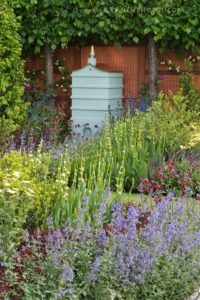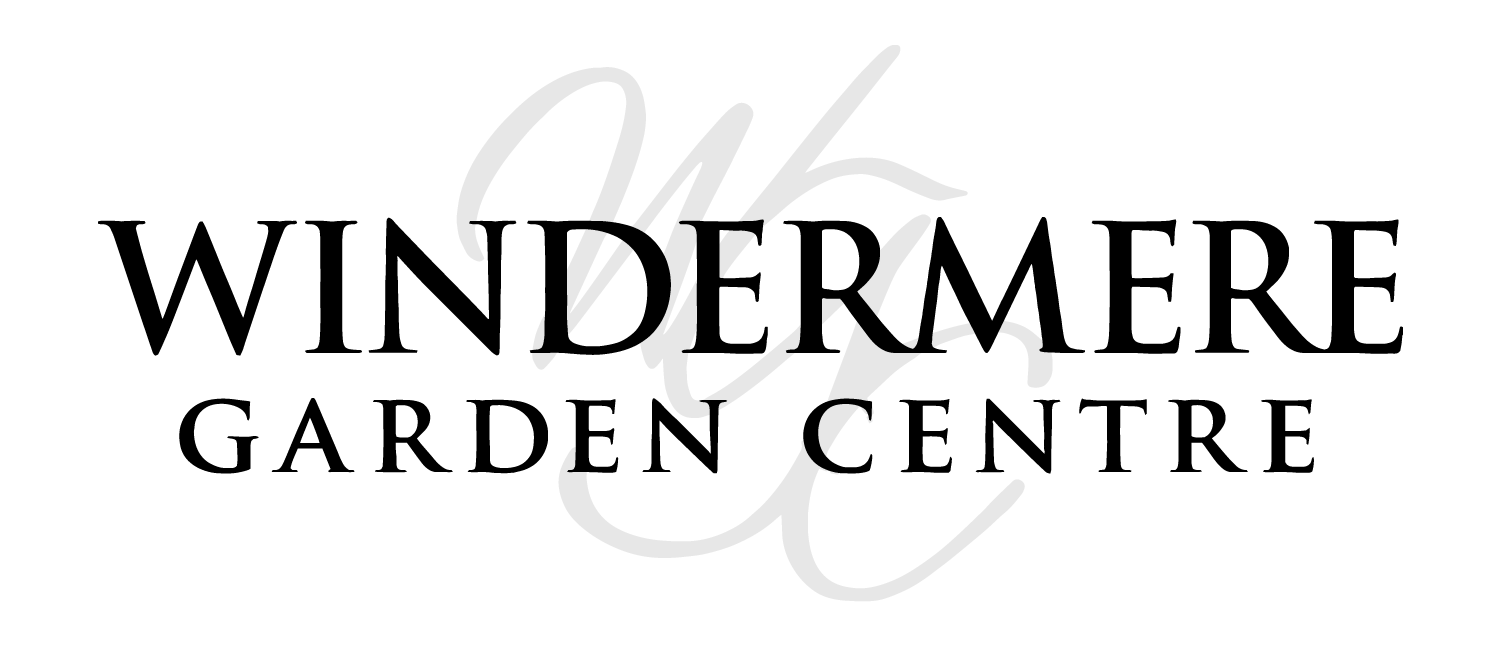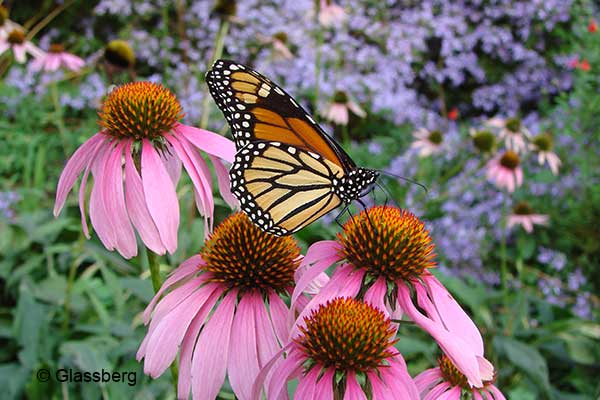Attracting Pollinators to your Garden
One question we get every year is “what do we plant to attract pollinators?” this is a question we love to hear. In order to give you the best answers, I have conferenced with the experts here at Windermere and have come up with some great ways to help attract pollinators to your garden.
What to Plant
The first step to planning your garden is choosing what to plant. We suggest planting fragrant, native, pollen and nectar rich plants with a variety of annuals, perennials and shrubs. Research suggests bees are more attracted to native plants than they are to exotic or hybridized flowers. Hybridized flowers tend to be less fragrant and usually have less pollen and nectar. When choosing what to plant be sure to include flowers of different shapes, sizes and colours. Different pollinators are attracted to different colours and since pollinators come in different sizes, choosing different sized flowers will allow for all sized species in your garden, form humming birds to bees. It is also important to choose flowers that have different blooming times, so you will have continuous blooms in your garden throughout the entire season.
Planting and Caring for your Garden
It is suggested that to increase your pollinator traffic to plant several of the same species in clumps. This makes plants/flowers easier to find and will allow your pollinator to use less energy when collecting pollen or nectar as they don’t have so far to travel.
Most of the flowers/plants that attract pollinators need a lot of sun to be able to bloom at full potential. If you’re building a new garden be sure it is in a bright and sunny location.
Be sure to water your plants well, especially for the first few months after they are planted so they can become well established in your garden.
Get to know your plants, some of them will continue to bloom all season long if you remove the spent flowers by deadheading, unfortunately some only bloom once and you have to wait until another year for more flowers. Once the first frost of fall has come it is important for you to cut back or prune your garden, this will keep your plants healthy by keeping mold and diseases away as well as encourage new lusher growth for next year.

Avoid Chemicals
Choose natural weed and pest control in your garden as pesticides harm the pollinators you’re trying to attract. Many pesticides, even ones that say they are organic can be very toxic, especially to bees. Using a mesh barrier, such as landscape fabric, will prevent weeds from growing and placing mulch in your garden is also a great way to keep weeds at bay.
To aid in dealing with those pesky insects like black flies, mosquitoes, beetles etc. plan to add a few insect repelling plants to your pollinator garden. Here are a few suggestions I found and what they are supposed to repel.
Citronella – mosquitoes
Lavendar – moths, fleas, flies and mosquitoes
Cat Nip – deer ticks, cockroaches (you may attract some unwanted cats though)
Chives – carrot flies, Japanese beetles and aphids,
Petunias – asparagus beetles, leafhoppers, tomato worms and squash bugs
Thyme – whiteflies, cabbage loopers & maggots, corn earworms and tomato hornworms
Allium – slugs, aphids, carrot flies and cabbage worms
Chrysanthemums – roaches, ants, Japanese beetles, ticks, silverfish, lice, fleas, spider mites, harlequin bugs and nematodes
Nasturtiums – whiteflies, squash bugs, aphids, many types of beetles and cabbage loopers
Water and Food
If you looking to attract humming birds, adding a humming bird feeder will do just that, some butterflies will also use a humming bird feeder.
All pollinators need water to survive, adding a pretty bird bath or mini fountain can keep your pollinators hydrated. Just remember to change the water often as dirty water will not help them, but will become a great breeding place for mosquitoes and black files.
Shelter
Pollinators like to be able to hide from predators and need a home where they can get out of the elements as well as a safe place to rear their young. If you’re in an area where there is some wild and natural lands with over grown grass, fallen logs, dead trees still standing, etc. that is great, these are where your pollinators will be found when they are not busy in your beautiful garden. If you aren’t close to anything like this, that’s ok. You can purchase or build bee and butterfly houses. These are bird like houses filled with little pieces of bamboo leaving a bunch of tiny hollow holes that they can hide in. Solid wooden blocks can be used too, just drill many tiny holes into the block and viola you have a bee house.
In my research I have found quite an extensive list of plants that will help bring pollinators to your garden. Here are some of our favorites.
Annuals
Alyssum
Cosmos
Dahlia
Fuchsia
Marigolds
Sunflower
Perennials
Black Eyed Susan
Cone Flowers
Creeping Thyme
Forget-Me-Knot
Holly Hock
Lilies
Salvia
Trees & Shrubs
False Spirea
Fruit Trees of any kind
Hydrangea
Lilacs
Spirea
Weigela
You don’t need to have a large yard to attract pollinators. All you need is a small space, a variety of planted pollinator attracting flowers and a source of water. You can have yourself a beautiful garden for many kinds of pollinators to enjoy.
We wish you well in with your pollinator garden adventures. If you are looking for more advice stop in and visit either one of our locations and speak to one of our amazing plant experts.
Don’t forget we always welcome feedback and photos of the beautiful pollinators you end up attracting.
Happy Planting


